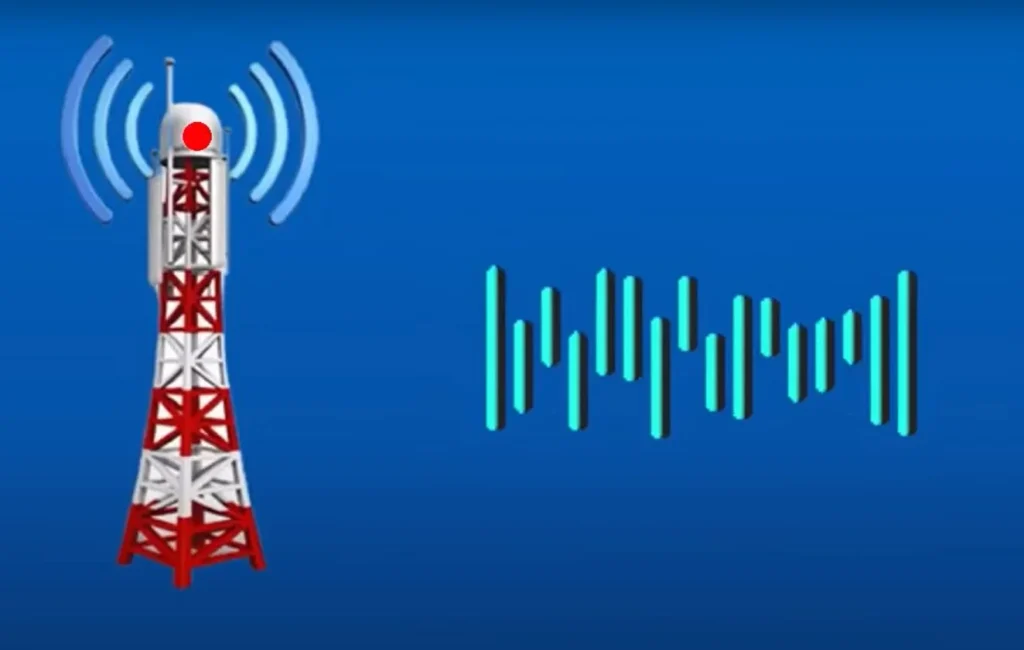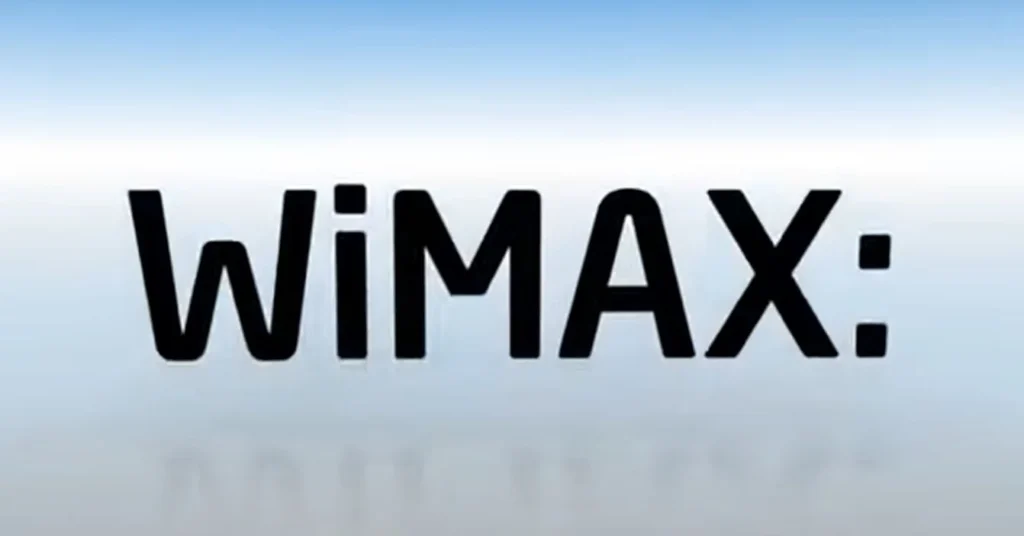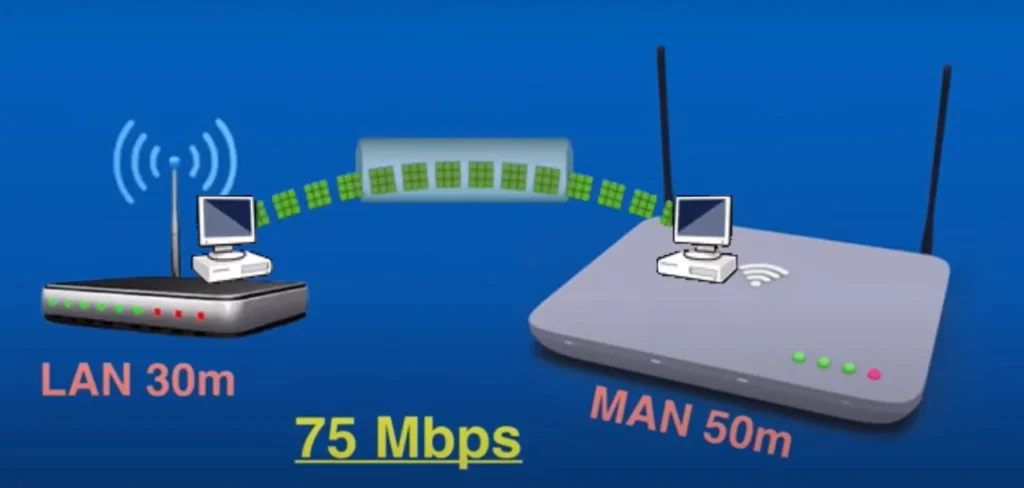Many different technologies are available that facilitate communication between various entities. Some have power, while others are more mobile. Additionally, there are average parameters, like WiMax technology. This is a relatively recent and little-known development. What does it stand for? In what context is it used? What qualities does it possess? What principles are at play here? What potential applications does it have?

General details
Let us first familiarize ourselves with the full name, which is “Worldwide Interoperability For Microwave Access”. This is the precise method used to decode WiMax. With the release of the first standard in 2004, the technology is still relatively new. It should be noted that due to its novelty and fast transmission speed, WiMax technology was first positioned as an example of the fourth generation. However, it was decided to refer to it as 3G in 2008. That doesn’t stop different characters from positioning it as 4G wireless Internet, though. What’s that? The 2004 specification 802.16d, which outlined WiMax technology, required that subscriber devices not be moved over long distances while still maintaining operability up to fifty kilometers from the base station. The 802.16e specification—more popularly referred to as Mobile WiMax—was published in 2005. The frequency range in which this technology can function is 2–6 GHz. 2.3–2.7 is the most practical range. But getting permission for them is a problem. As a result, the apparatus frequently employs 3.4–3.6 GHz, which is appropriately referred to as the golden mean. After all, there are a lot of issues with wave penetration and avoiding existing obstacles if you get too close to 6 GHz. In these situations, it’s important to make sure subscriber devices are situated so they can see a functional base station.
The “last mile” issue is resolved with the use of this technology. Additionally, it is utilized to supply office and neighborhood networks with internet. It solves the last mile very well, by the way. First things first, though.
What kind of structure is it?
The basic idea behind how it works is that there is a subscriber device that is set up to use the operator’s network and has a base station within its service area. It transmits a request for radio resource assignment. If the response is accepted, authentication is carried out. The AAA server receives the request and determines whether to approve or deny it. The modem is assigned an address, an operating mode, and other settings if authentication is successful. That’s essentially it; the user can now manipulate the device. By the way, you can connect over a broad range of frequencies, from 1.5 to 11 GHz. It is possible to reach a data transfer rate of 70 Mbps in optimal circumstances. However, things are a little different when it comes to base stations. They thus use frequencies in the 10-66 GHz range for connections and data exchange. Additionally, they can exchange data at a rate of up to 120 Mbit/s. In this scenario, it is imperative to confirm that a minimum of one base station was linked to the provider’s network via a traditional wired connection. Generally speaking, the speed at which data is transferred increases with their number.
In general, the network becomes more reliable. WiMax networks are generally very similar to conventional GSM networks. Tens of kilometers can be a considerable distance for base stations to cover during operations. It is not necessary to build towers in order to install them; installations on home roofs will suffice. That being said, line of sight requirements must be met. If not, WiMax hardware will not function as efficiently or at all.
Technical features
How is the operation’s dependability guaranteed? It is employed for this reason:
- TDD. You can maximize network performance by using the same band for data transmission and reception thanks to this technological feature.
- CP. Enables the prevention of both direct and reflected signal interference.
- For character encoding, use CC&CTC.
- AMC: involved in the analog signal to digital conversion process. The degree of noise and the data transmission strength affect the work’s specifics. Higher modulation is selected and we obtain a higher data rate when higher quality signals are received.
- HARQ. This system is used to monitor errors and requests retransmission when there are issues.
- MIMO. It makes communication between several antennas possible during transmission and reception.
- AAS. This antenna system adjusts itself based on how subscriber devices move.
Naturally, these are not the only technical features of this technology’s wireless Internet. However, the information above is more than sufficient for familiarization.
Quickness of usage
WiMax is especially pertinent when it comes to resolving last-mile issues. Many technologies have emerged recently, each with a unique solution to this problem. Selecting a configuration that will best address the issue of data delivery to subscribers is the operator’s challenge. As of yet, no all-encompassing remedy has been developed. As a result, every technology has a specific application, drawbacks, and benefits. Numerous factors influence the ultimate decision, such as:

- The amount and duration of the necessary investment.
- The amount of time needed to start the network and then begin offering services.
- The network infrastructure that is currently in place and the resources required to keep it functional.
- The operator’s selected approach, its intended clientele, the services provided, and those scheduled for the near future.
- Additional elements.
When is WiMax technology applied? The following is a description of the response to this query:
- When DSL and leased lines are not an option and wireless broadband access is required.
- Make access points that are not dependent on a specific place.
- High-speed data and telecom services must be offered.
- Link Wi-Fi access points to the rest of the global network and to one another.
WiMax is therefore utilized as backbone channels. It enables the creation of high-speed networks large enough to cover an entire city.
Why do telecom companies find the technology appealing?
This is due to a few factors:
- When it comes to giving users access to networks and services, WiMax is more affordable than wired technologies. Customers are able to work from locations that are difficult to access. Additionally, this positively affects the quantity of subscribers and the range of services offered.
- It’s also important to mention how much easier it is to use (compared to traditional wired channels). WiMax is readily scalable when necessary and is simple to deploy. When a large network needs to be provided quickly, this WiMax feature comes in very handy. Here’s a little example to help you better understand this property. Indonesia was hit by a huge tsunami in December 2004. WiMax was also set up to assist the survivors. Ultimately, the entire region’s communication system was malfunctioning at that precise moment. And communication had to be restored as soon as possible.

All of this makes it possible to lower the cost of high-quality services for both individuals and businesses. It is worthwhile to discuss the user equipment separately. If it is to be used within the building, a device the size of a standard DSL modem is installed. Its size increases slightly and it starts to resemble a laptop when used outside the building. It is preferable to place it indoors, where it doesn’t require expert knowledge. Unfortunately, though, it has more important specifications regarding the maximum distance that the base and subscriber stations can be separated.
Architectural elements
This level defines a wide range of WiMax features, including network address distribution, authentication, interacting with other networks, and many more. Notably, the architecture in this instance is highly flexible and scalable since it is not constrained by a particular configuration. In this instance, a planning algorithm is applied. What does it appear like in real life? Assume for the moment that a sizable number of user stations wish to send data in real time through the access point. In this instance, the device just needs to connect to it in order for it to have a dedicated slot that is unaffected by other subscribers. This leads to the achievement of data transmission stability, which improves the network’s overall dependability and functionality.